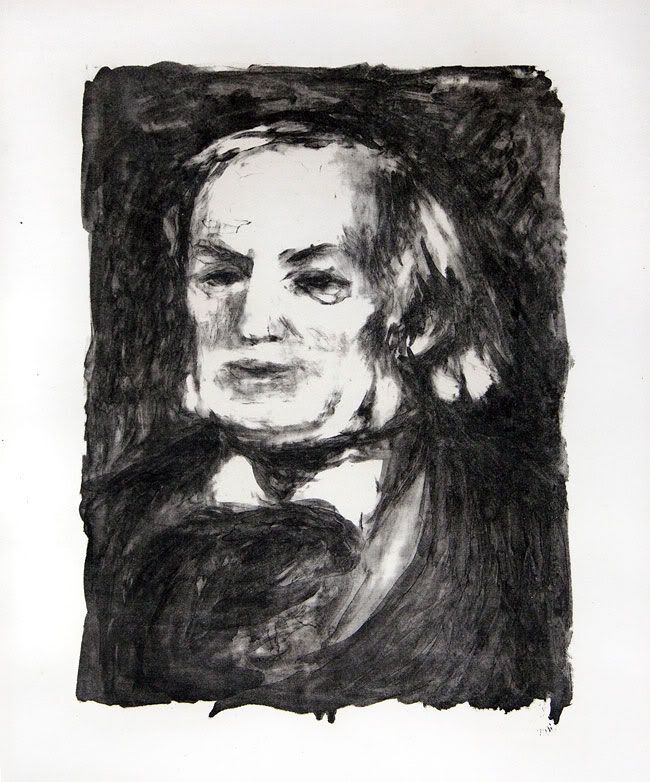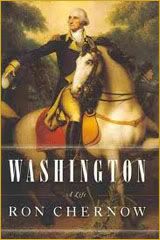What makes Wagner "Wagner?"
 |
Lithograph by Pierre-Auguste Renoir
Wagner’s "musicality" was in his tricks. His Tristan chord, his leitmotifs - which he just over-emphasized, his "total art-work' - which he borrowed from the Greeks. His only originality would have been in his Tristan chord - I can give him that credit. But then, that was more of a trick than a genuinely musical creation.
I have never read anyone discuss his shortcomings based on his musical structures. In fact the opposite is true. His Tristan chord is universally admired, eulogies are written about his over-indulgent leitmotifs, and his total-art work enterprise created the very popular Bayreuth where his aficionados still congregate. But, words like "repetitive" and "seductive" enter the vocabulary of these eulogists, which adds some negativity to their critiques.
Here's an analysis of his Tristan chord:
In Tristan und Isolde, musical phrases no longer resolve to the tonic until the end of the opera. Each resolution in a musical fabric is a process of tension and release...Resolution is delayed by the simple device of a discord followed by a discord, known as The Tristan Chord.And another:
What makes the Tristan motif different in the eyes of many analysts is its duration; in the Beethoven example the Eb resolves to D in approximately a quarter of the time it takes the G# to "resolve" to the A in the Wagner.And yet another:
And he leaves the chord in mid air...creating a half resolution.And more:
The Tristan chord, gives us this extraordinary feeling of ambiguity, ambivalence, movement. Where is it going?But Wagner knew where he is taking us.
I don't even think his influence, musically/structurally, is as important as Bach’s or Mozart’s. He was a one off. Schoenberg was certainly more than that, in the direction that Western music took after his contributions.
My point is that there is nothing really grand about Wagner at all. In fact, he overcompensates for his lack of greatness through his outrageously long operas, and his loud and insistent music. Of course, there are also his seduction techniques, his Tristan Chord being one of them. His genius is therefore questionable - over-worked some say.
My other point is that the form/structure an artist uses usually describes his intent. Wagner's modus operandi was seduction in order to dominate. That is how Hitler got his following too. There is another side to this, of course. People have to be willing to be seduced (and dominated). And yes, there is a historical process which brings out the Wagnerites. I find that it is a certain type of slightly decadent person who finds him attractive.
*














